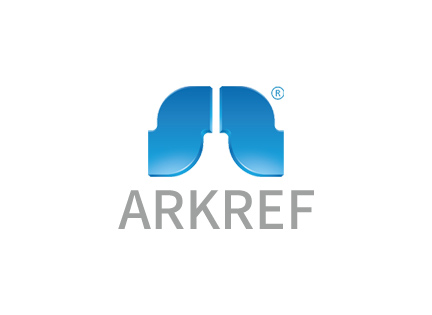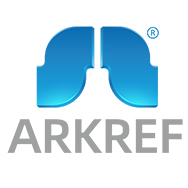ARKREF CO₂ Project case introduction-ARKREF CO₂ Transcritical Refrigeration Unit
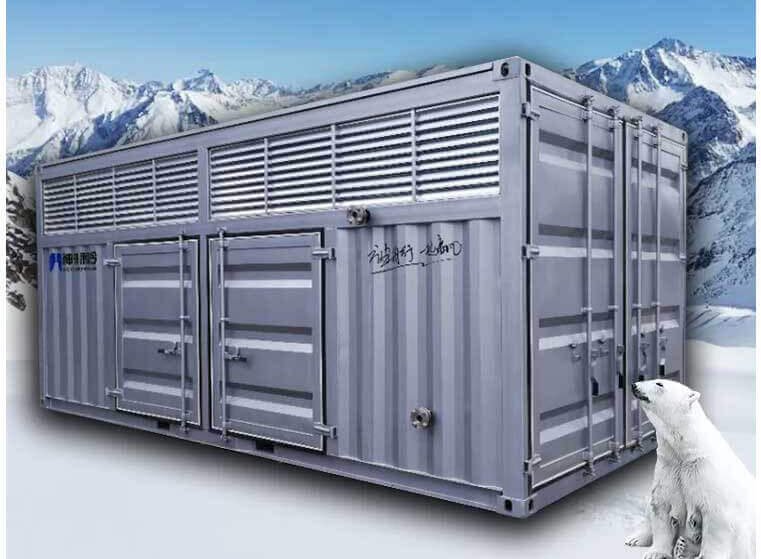
Introduction to Our Journey with ARKREF CO₂ Transcritical Refrigeration
Our decision to choose ARKREF CO₂ for our refrigeration needs was the result of careful evaluation and consideration. When evaluating our options, we were particularly drawn to the remarkable energy efficiency offered by the ARKREF CO₂ system. According to industry data, the trans-critical CO₂ system would use 50% less energy than an industry-standard NH3 system, making it a clear choice for sustainability and cost-effectiveness.Setting the stage for this project involved acknowledging the initial challenges and expectations. We understood that transitioning to a sustainable refrigeration solution would not be without its hurdles, but we were committed to embracing these challenges. The importance of sustainable refrigeration cannot be overstated, especially in today's climate-conscious world. The environmental impact of traditional refrigerants has led us to seek out innovative solutions like ARKREF CO₂ Transcritical Refrigeration.Our journey with ARKREF CO₂ began with a deep understanding of its technical aspects and how it aligns with our sustainability goals. The utilization of CO₂ in transcritical refrigeration systems offers significant advantages in terms of environmental impact and energy efficiency. This aligns perfectly with our commitment to sustainable practices.
Exploring the ARKREF CO₂ Transcritical Refrigeration Unit
Technical Overview of Transcritical Refrigeration
As we delved into the technical aspects of the ARKREF CO₂ Transcritical Refrigeration Unit, we gained a comprehensive understanding of its innovative design and environmental benefits.How Transcritical Systems Work
Transcritical refrigeration systems operate differently from traditional systems by utilizing CO₂ as a refrigerant. Unlike subcritical systems, transcritical systems do not have a distinct liquid or gas phase. Instead, they operate above the critical point of CO₂, where it behaves as both a liquid and a gas simultaneously. This unique characteristic allows for efficient heat transfer and optimal energy utilization.The Role of CO₂ in Transcritical Refrigeration
The use of CO₂ in transcritical refrigeration plays a pivotal role in enhancing sustainability. As a natural refrigerant with zero ozone depletion potential and minimal global warming potential, CO₂ aligns with our commitment to eco-friendly practices. Additionally, its thermodynamic properties make it an ideal choice for achieving high energy efficiency in refrigeration applications.Implementing the ARKREF CO₂ Unit
Preparing for Installation
Before installing the ARKREF CO₂ unit, meticulous planning was essential to ensure seamless integration with our existing infrastructure. The unit's compatibility with various power supplies, such as 380V~420V/3Y/50Hz and 460V/220V/380V/3P/50HZ/60HZ, provided flexibility in deployment across different settings.Overcoming Installation Challenges
During the installation process, we encountered challenges typical of integrating advanced refrigeration technology. However, with dedicated support and video technical assistance offered by the manufacturer, we effectively navigated through these challenges to bring the system online successfully.Observing the ARKREF CO₂ Unit in Action
Performance Metrics and Efficiency
Once operational, we closely monitored the performance metrics of the ARKREF CO₂ unit. Its impressive cooling capacity ranging from 5Kw to 1000Kw demonstrated its suitability for diverse applications while maintaining exceptional energy efficiency levels.Environmental Impact and Sustainability
The use of environmentally friendly components within the ARKREF CO₂ unit significantly reduced our carbon footprint. By leveraging this sustainable solution, we reinforced our dedication to minimizing environmental impact without compromising operational efficiency.Lessons Learned and Future Directions
As we reflect on our experience with the ARKREF CO₂ project, several key takeaways have emerged, shaping our future approach to sustainable refrigeration solutions.Key Takeaways from the ARKREF CO₂ Project
Successes and Challenges
Our journey with the ARKREF CO₂ Transcritical Refrigeration Unit has been marked by both successes and challenges. One of the notable successes was the significant reduction in energy consumption, aligning with our sustainability goals. The system's seamless integration into our existing infrastructure also streamlined operations, enhancing overall efficiency. However, we also encountered challenges during the installation phase, highlighting the need for comprehensive technical support and training to overcome such hurdles effectively.What We Would Do Differently
In hindsight, there are aspects of the project where we would approach differently in future endeavors. Firstly, we would prioritize even more thorough training for our technical team to ensure a smoother installation process. Additionally, engaging in proactive communication with stakeholders from the outset would foster a more cohesive implementation strategy. These adjustments would contribute to an even more successful adoption of sustainable refrigeration solutions in future projects.Looking Ahead: The Future of Transcritical Refrigeration
Innovations on the Horizon
As technology continues to advance, we anticipate exciting innovations in transcritical refrigeration systems. From enhanced energy efficiency measures to further optimization of CO₂ utilization, these innovations hold promise for even more sustainable and cost-effective solutions. Keeping abreast of these developments will be crucial as we strive to continually improve our environmental impact.Our Commitment to Sustainable Solutions
Looking forward, our commitment to sustainable solutions remains unwavering. Embracing advancements in transcritical refrigeration aligns with our dedication to minimizing environmental impact while maximizing operational efficiency. By staying at the forefront of innovative technologies and practices, we aim to lead by example in promoting sustainability within the refrigeration industry.Final Thoughts
Reflecting on Our ARKREF CO₂ Journey
Our experience with the ARKREF CO2 project has underscored the critical importance of choosing the right partners in our pursuit of sustainable refrigeration solutions. Collaborating with a manufacturer that shares our commitment to environmental responsibility and technological innovation has been instrumental in achieving our goals. The synergy between our team and ARKREF CO2 exemplifies the power of strategic partnerships in driving meaningful change.The Role of Technology in Environmental Sustainability
Technology plays a pivotal role in advancing environmental sustainability within the refrigeration industry. The integration of cutting-edge solutions like the ARKREF CO₂ Transcritical Refrigeration Unit demonstrates how technology can be harnessed to minimize carbon footprint without compromising operational efficiency. Embracing innovative, eco-friendly technologies not only benefits our organization but also contributes to a larger global effort towards sustainability.Key Considerations for Future Endeavors
Continuously evaluating potential partners based on their alignment with sustainable practices and technological expertise.
Leveraging emerging technologies to further enhance energy efficiency and environmental impact.
Engaging in knowledge-sharing initiatives to promote best practices and advancements in sustainable refrigeration.
As we look ahead, we are committed to leveraging technology and fostering strategic partnerships to drive positive environmental change within the refrigeration industry.
Characteristics CO₂ system
CO₂ is a natural working fluid (ODP=0, GWP=1) with good safety, non-toxic and non-flammable
Large latent heat of evaporation, high cooling capacity per unit volume
Excellent flow and heat transfer characteristics
Low filling volume and low shaft power consumption
Good chemical stability, less chemical reaction of related materials
Higher operating pressure
The critical point is at a lower temperature: 31.1°C (88.0°F)
CO2 is heavier than air, and the mixed gas produced in a closed space is enough to suffocate.
Safety limit: NH3 is 25ppm and CO2 is 5000ppm (0.5%)
Project case 1
1.2022 Winter Olympics-National Speed Skating Stadium
Adopting an all-ice design with an ice surface area of 12,000 square meters, it is the world’s first speed skating venue with direct CO₂ transcritical evaporation and cooling, and the ice surface is the largest in Asia; full consideration of comprehensive energy utilization, the system can save electricity throughout the year 2 million degrees.
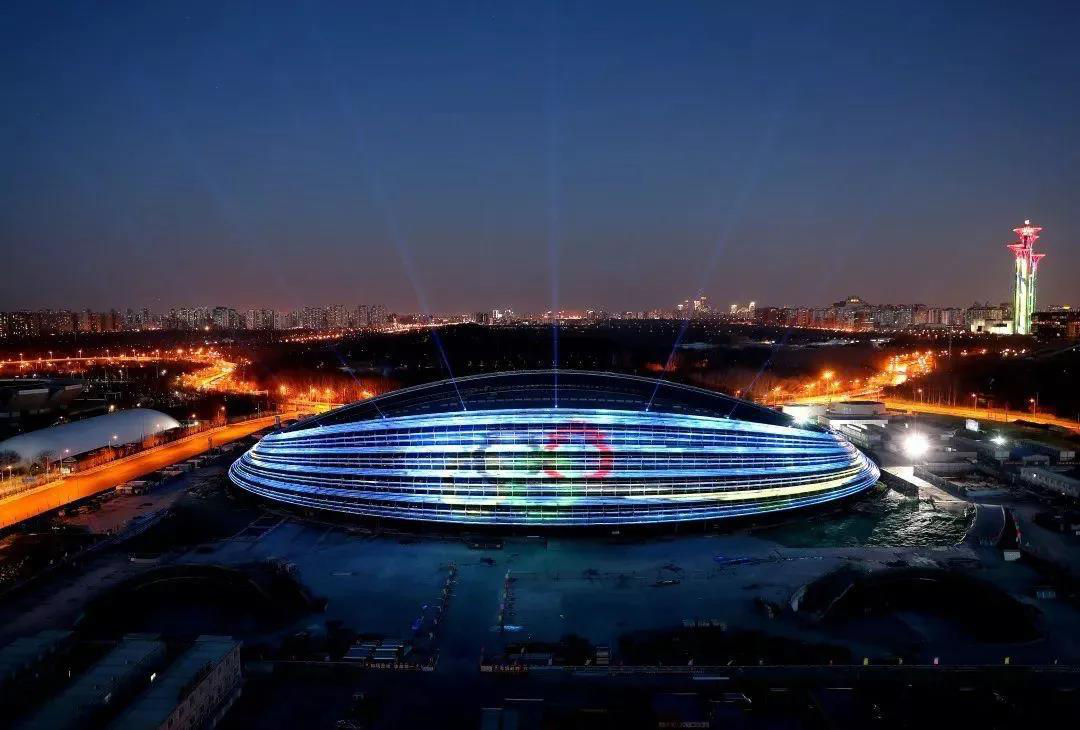
1. The design and application of 14 cubic CO₂ drum pump unit is the first in the world;
2. The application of centralized medium pressure oil return in CO₂ ice making system is the first in the world;
3. The application of ultra-long stainless steel cold row pipes in artificial ice rinks is the first in the world;
4. Using environmentally friendly CO₂ refrigerant, ODP is zero, no pollution to the environment;
5. Fully consider the comprehensive utilization of energy, the system can save about 2 million kWh of electricity throughout the year;
2. Yanshan Sports Ice Rink
The Yanshan Skating Hall will become the promotion base for Beijing youth ice sports education and popularization, and the competition base for professional ice hockey team and club training.
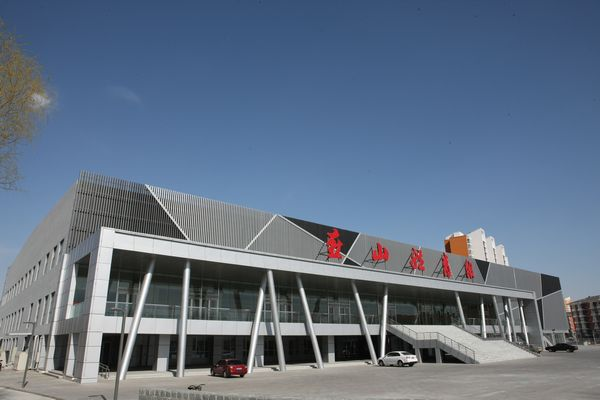
Equipped with Shenzhou's self-developed transcritical CO₂ main engine, air cooler, and barrel pump unit to achieve a zero breakthrough in the localization of transcritical refrigeration systems in stadiums.
3. Pentax 300,000 heads/year beef cattle processing
Dong Bin Deli Food Co., Ltd. is a subsidiary of Shandong Delis, whose main business is the cutting and processing of imported beef.
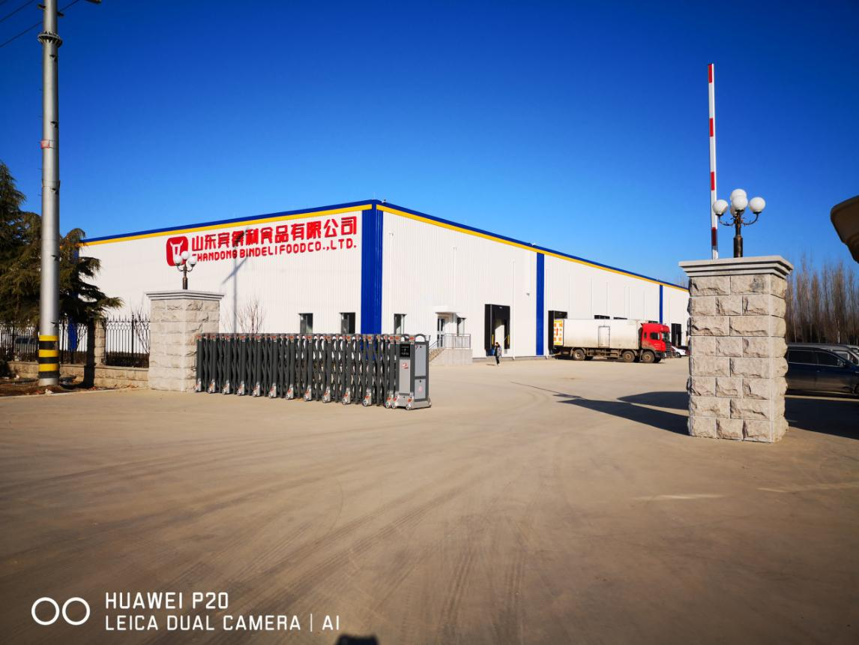
The planned output value is 1 million heads/year, and the processing volume of the first phase of the project is 300,000 heads/year.
4. Jinan Dongjing Refrigeration Co., Ltd.
The project covers an area of 10,000 square meters logistics warehouse, using the most advanced CO₂ system in the world, the evaporator uses Shenzhou patented aluminum tube, and automatic hot gas defrosting.
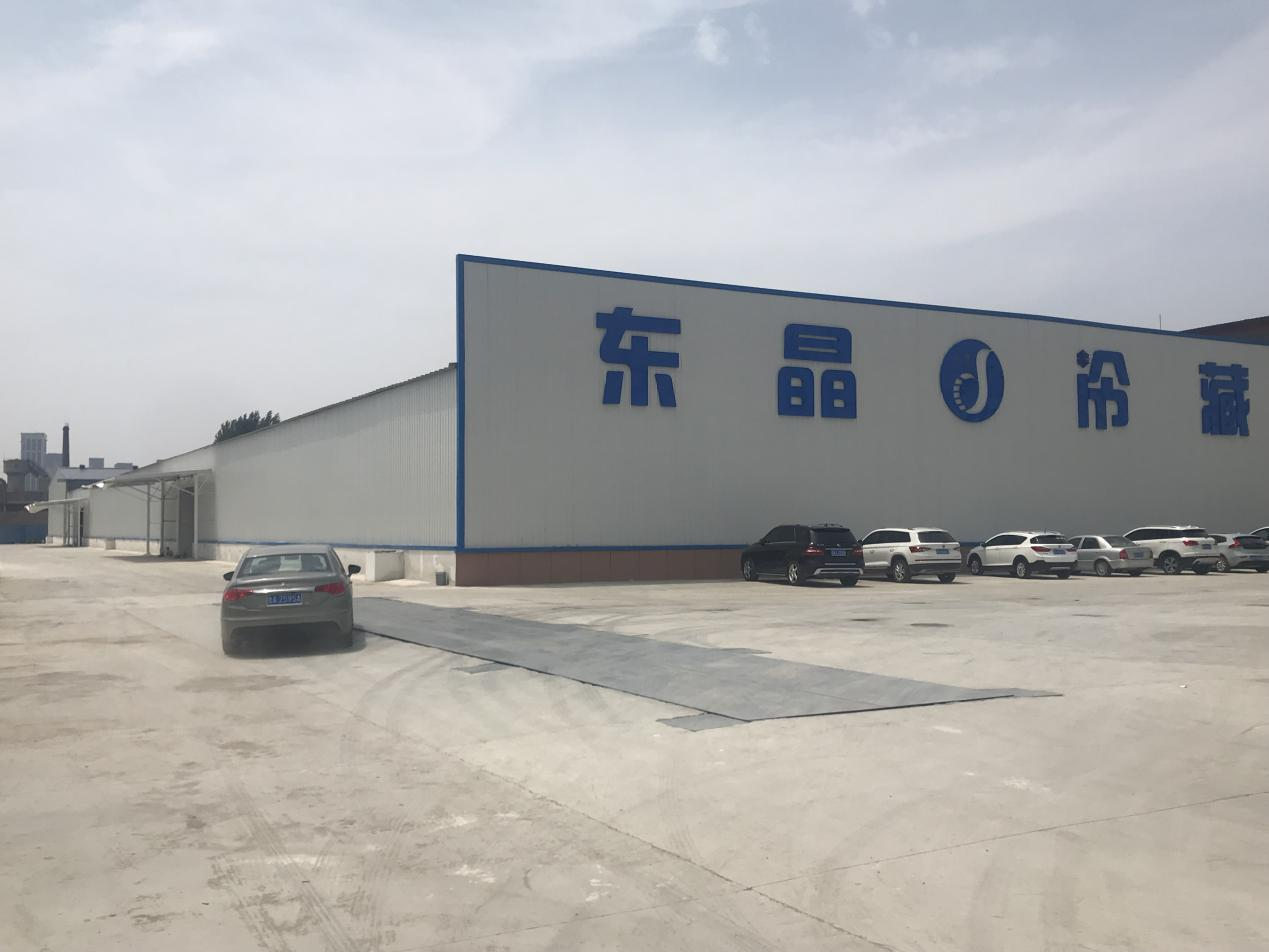
The project includes B1 level library board and refrigeration system, the overall design and construction of Shenzhou refrigeration。
See Also
Comprehensive Guide to ARKREF CO₂ Transcritical Refrigeration Unit
Improving Industrial Cooling Using ARKREF CO₂ Transcritical Refrigeration Unit
Exploring the Advantages of CO₂ Transcritical Refrigeration Systems
